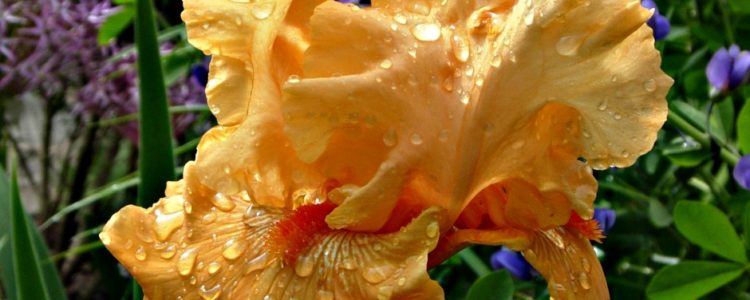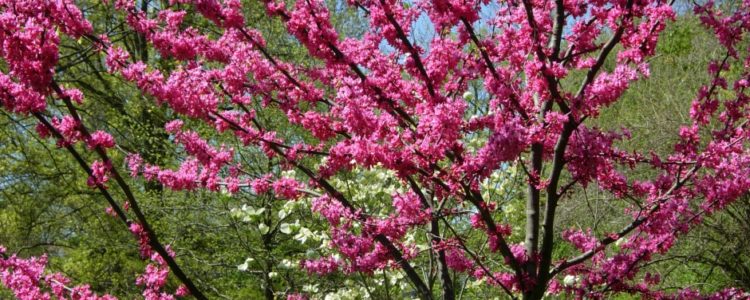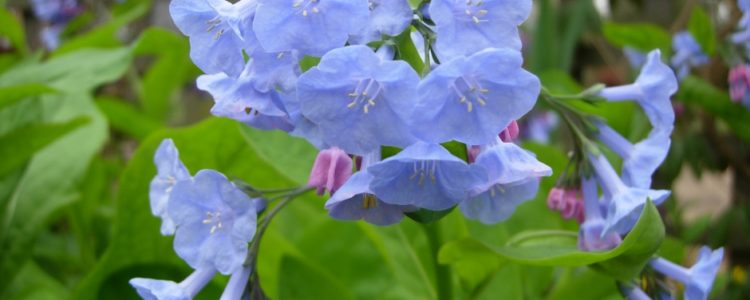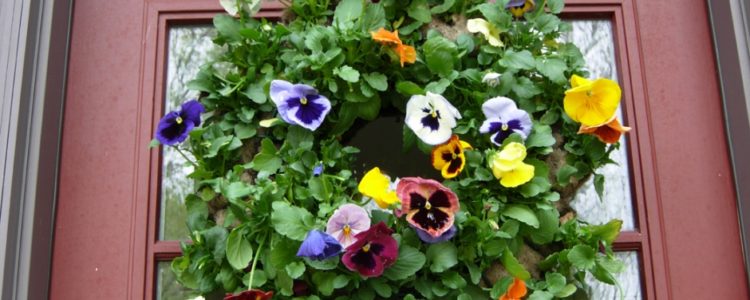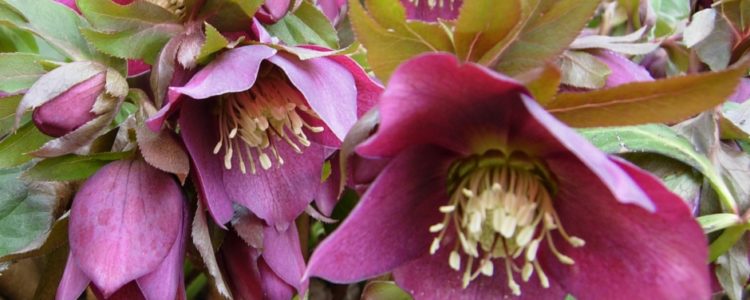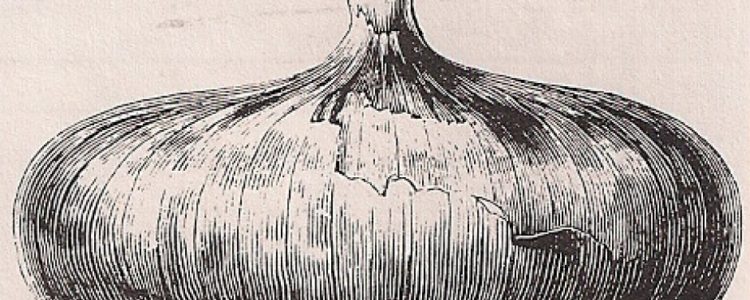Irises are the cornerstone of my May garden. Because of their diverse forms, color range and bloom times, Irises can be used multiple times in one garden without creating stagnate duplication. Their strong stems need no staking. And except for occasional dividing and deadheading their care is minimal. That is a pretty good track record for a plant so provocatively beautiful.
Though there are over 200 species and many more hybrids of Iris, I grow and design with three widely available types; Bearded Hybrid Iris, Siberian Iris, and Japanese Iris. These Irises grew in the formal perennial gardens at Temple University Ambler campus where I studied floriculture under the auspice of Viola Anders.
Miss Anders was the Julia Child of horticulture, tall and talented with that high-pitched voice that spoke of no nonsense gardening. The gardens were an amalgamation of her experiences gardening in England and gardening for a privileged clientele here in the states. We learned to design pastel gardens for a set of people who summered in Maine or on Nantucket using perennials that flowered from spring until the Fourth of July. Irises fell right into the mix. An Anders favorite was Iris x ‘Beverly Sills’, a beautiful pastel coral-pink Iris that took my breath away.
May begins with Bearded Iris. These are hybrids sometimes incorrectly listed as Iris germanica, which is actually a parent species used to breed some of the most remarkable, tall Bearded Irises. Bearded Iris is one of the most diverse groups of Iris. The American Iris Society has subdivided them by height. They range from the earliest flowering miniatures to the tall late spring Standards. The flowers are characterized by their bearded falls. Colors range from snowy white through every conceivable shade of single and multi-colored flowers. My favorite is a tall Bearded Iris sold as Orange Harvest. Actually a shade of apricot, it combines well with the blue Siberian Irises. Orange Harvest is a re-blooming Iris that presents us with a second flowering in late summer and early autumn. Other notable re-bloomers are: Immortality (white), Victoria Falls (bright blue), and Autumn Circus (white and purple bicolor).
Just as my apricot Breaded Irises produce their second flush of flowers, my stately Siberian Iris opens. Siberian Irises are one of the easiest and most dependable perennials to grow. These are a class of Iris regarded as “beardless”. They grow best in full sun but will tolerate partial shade. Their only care involves occasional division every 3 – 4 years. My favorite is Iris sibirica ‘Caesar’s Brother’. It has purple velvet flowers on strong 3 foot stems. Iris sibirica ‘Butter and Sugar’ is another good choice with creamy white and yellow flowers that re-bloom.
Japanese Irises, Iris ensata, bloom third in our sequence; early to mid June. They will tolerate a wet site and can be used in a rain garden. Their beardless, flat flowers appear to fly like aircraft on top of strong stems. Colors range from white to pale blues, lavender, and all shades of purple and magenta often with darker contrasting veins. If you can provide a bit of moisture, these are the Irises for you. My pick is Iris ensata ‘Flying Tiger’, 36 inches tall with pale violet-white flowers that have purple veins. Iris e. ‘Sensation’ runs close second, sporting large magenta flowers with yellow signals. A show stopper!
Even if you are not in the market for more garden plants, take a trip to your local perennial nursery or Iris farm. You will be fascinated by the diversity these low maintenance perennials can offer.
